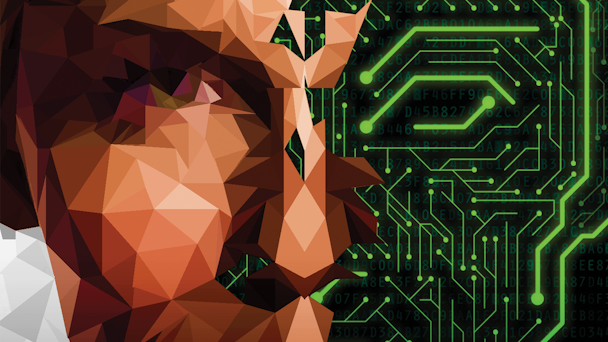Zero clicks given: will predictive commerce kill off brands?
What’s for dinner tonight? Even if you don’t know yet, Manhattan delivery-only restaurant service Maple might. Their data-powered kitchens use behavioural algorithms to plan the menus, forecast what ingredients to buy and tell the chefs what to cook. All before you’ve even opened their app.

Is all UX friction 'bad' friction?
As more digital commerce experiences begin to use data to predict when and why consumers are likely to transact with them next, brands face a new challenge to hold onto consumer dialogues and relationships. That’s because much of the anticipatory 'zero click' retailing is being pioneered not by brands, but aggregators like Amazon who, in 2014, filed a patent for anticipatory shopping – technology that ships products before a consumer has even placed an order.
When the aggregator orders for you, the need to make a conscious decision to transact is taken away, and the act of choosing a brand is removed both physically (you don’t have to select one) and mentally (you don’t have to feel one or other is more for 'people like you').
Is all friction bad friction?
Being frictionless or seamless is everyone’s must-have in digital, experience or service design. Friction is generally considered to be a bad thing: a seven-step checkout process or an unhelpful search bar is friction that frustrates users, disrupts a purchase journey and therefore costs customers and sales.
There’s no denying the benefits of reducing ‘bad’ friction like a protracted checkout journey, but why does friction always have to be a dirty word?
In a future commerce world, perhaps we will benefit from the reduced friction of not having to select our items and click 'buy now', but we will still experience products and brands themselves when they arrive in our inboxes and letterboxes. And it’s here where brands should look to create moments of good friction - positive interactions designed maintain their direct relationship with consumers and in turn to drive preference.
Brands need to think holistically across all touchpoints to determine moments to amplify and bad friction to erase. It’s simply a matter of context; of understanding where in a user journey it’s best to connect and where it’s best to get out of the way.
Take fashion subscription Stitch Fix for example, who send five handpicked, personalised fashion items to your home each month. They build friction into the experience by asking you to send back items you don’t want to pay for, making you to open the box and try things on in a timely manner. Friction indeed, but it’s friction that improves the customer experience as it gives a sense of control to customers plus it gives Stitch the chance to optimise their next delivery based on what you do and don’t like.
Innovative banking app Monzo are proponents of what they call 'positive friction' – the idea of adding beneficial steps or processes into a user journey. According to a post on their blog, positive friction is offering a responsible financial product. This means adding notifications to inform you of your late night spending or allowing you to create a spending cap. This is adding complexity that improves brand experience. It makes Monzo feel like they’re on your side, that they understand you. And how many banks can say that?
Finding the balance
There is a modern adage that the best technology gets out of the way, and for many aspects of our lives, this is absolutely the case. But it’s not a universal mantra; context matters.
Brands should recognise the threat of being marginalised through the pursuit of the frictionless but also embrace the advantages to be gained from generating ‘good’ friction at key moments in a journey or experience. Brands that succeed in the future commerce world will be those that find a balance of increasing ‘good’ friction at the right moments while continuing the pursuit to reduce the ‘bad’.
Andy Stern is strategy director at Isobar UK
Content by The Drum Network member:

Isobar
Isobar is dentsu’s global creative agency focusing on building a differentiated offering around Strategy and Innovation, Product and Experience, Brand Design &...
Find out more
